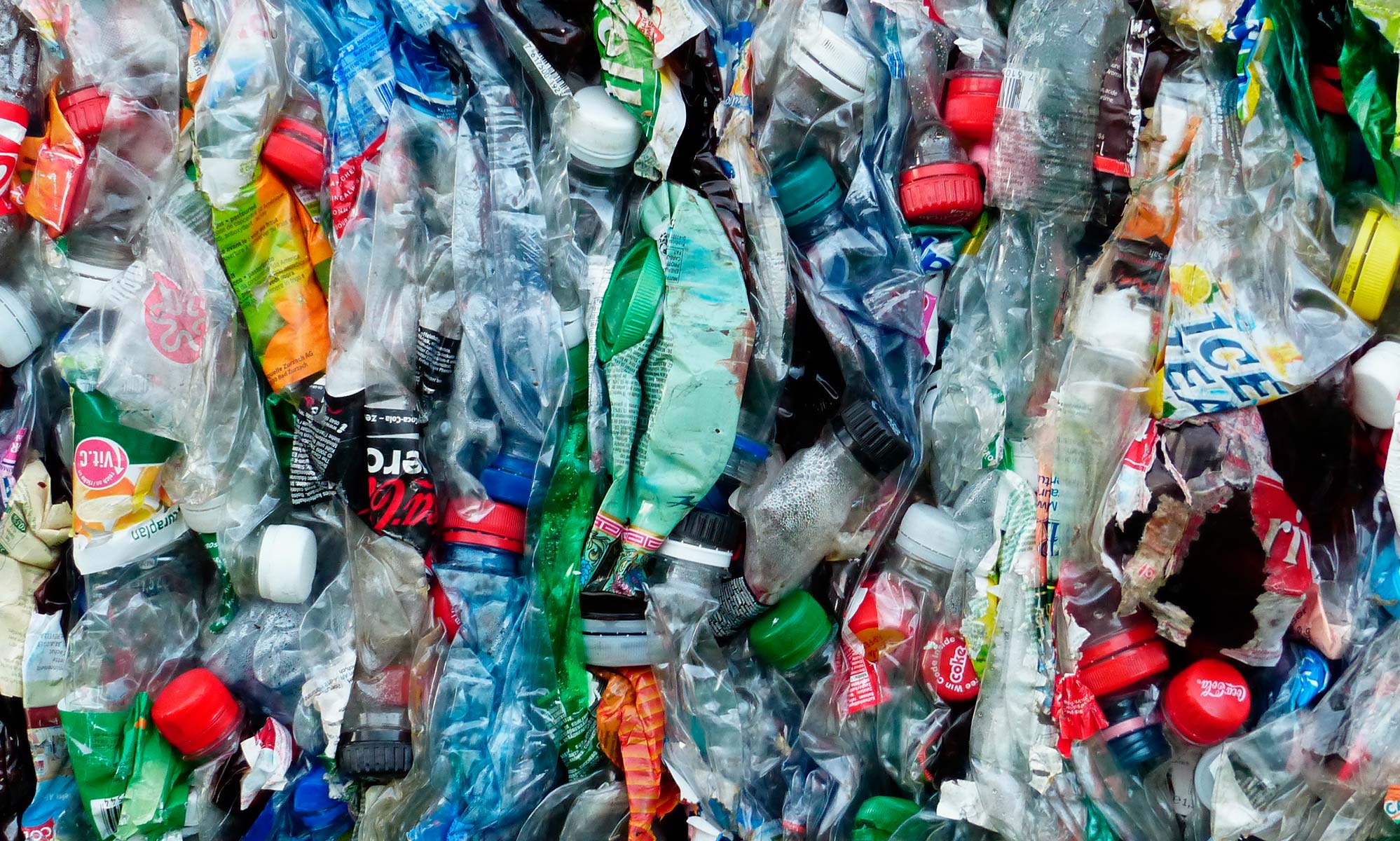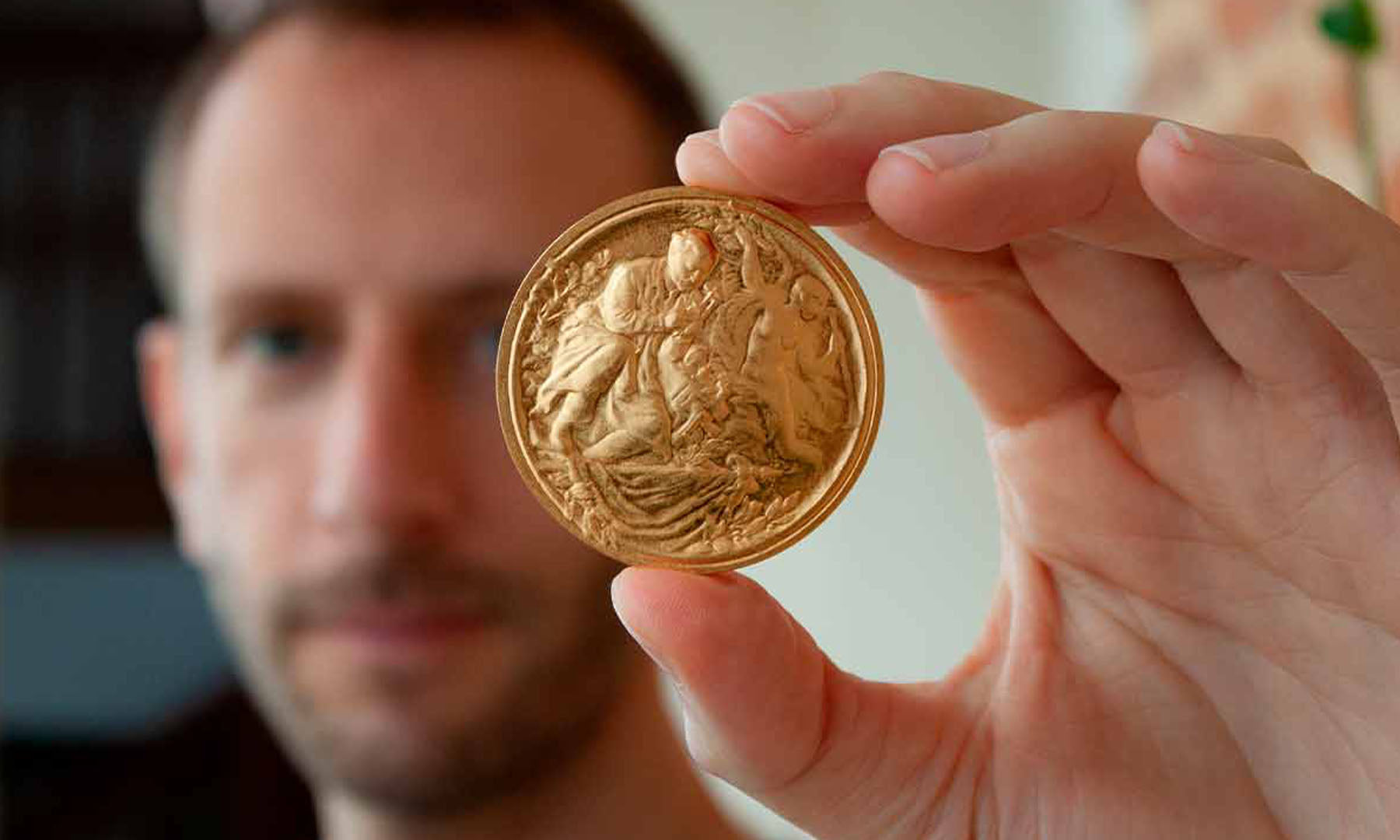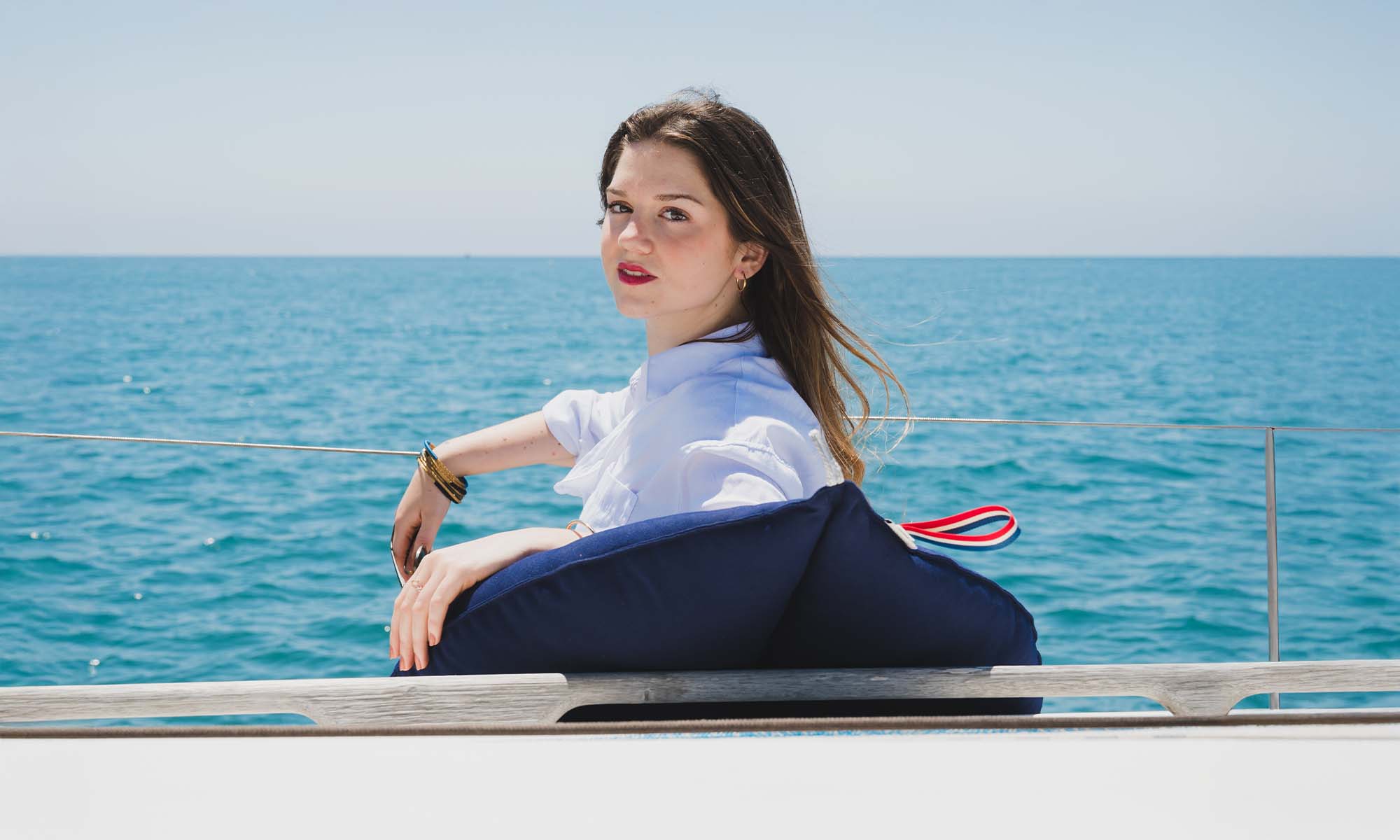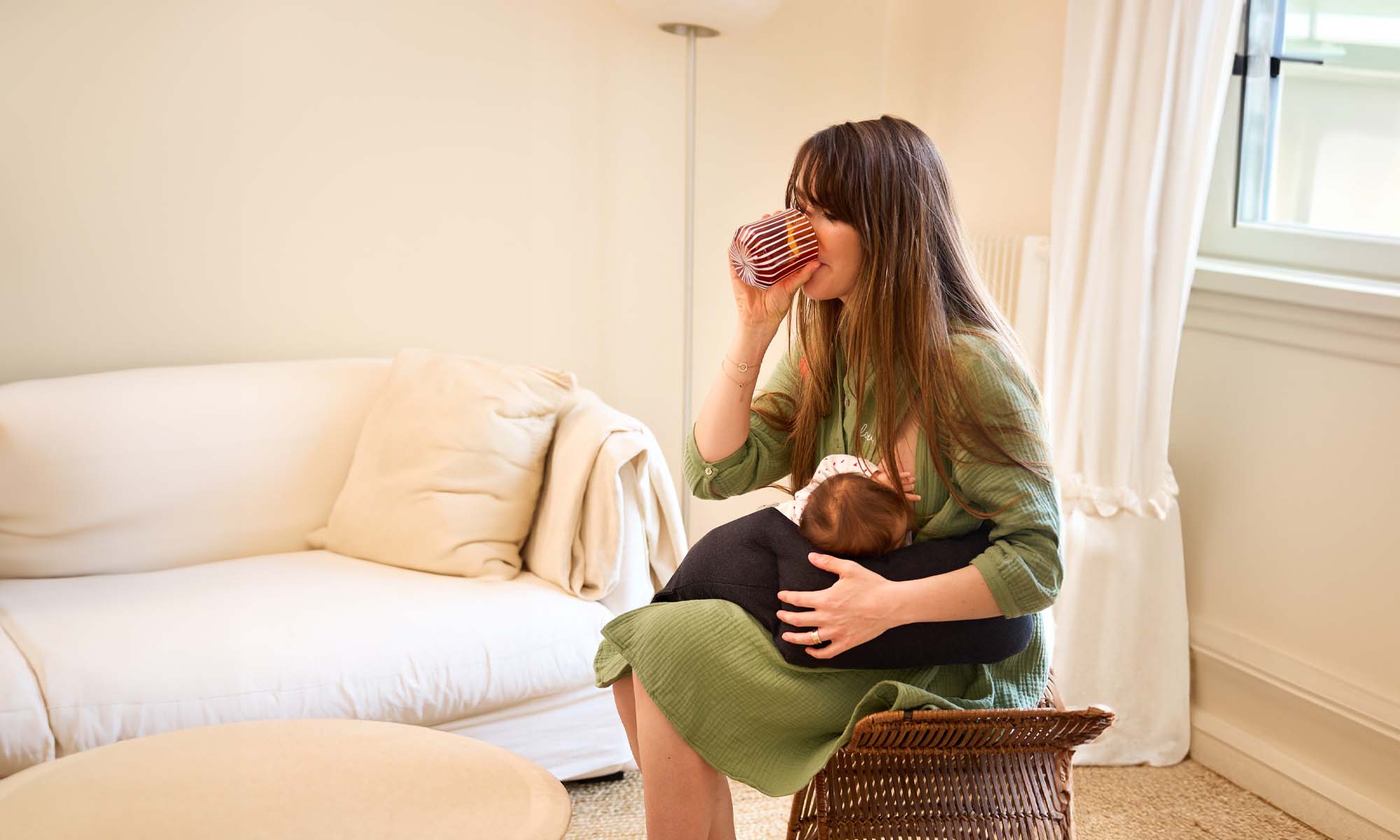
How is plastic sorted in a sorting center?
Plastic has become a ubiquitous material in our daily lives due to its versatile properties and relatively low cost. However, its massive production and use has led to a growing environmental problem: plastic pollution . Sorting plastics in sorting centers is a key element of waste management, aiming to reduce plastic waste sent to landfill and promote recycling.
Why sort plastics in a sorting center?
Plastic pollution threatens biodiversity, water quality and ecosystems. By sorting plastics, we can prevent a large amount of plastic waste from ending up in the oceans. According to National Geographic, 91% of plastic waste is not recycled .
The stages of sorting plastics in a sorting center:
-Plastic sorting begins at the time of waste collection. Citizens are encouraged to separate their plastic waste from other household waste, thus facilitating subsequent sorting.
-The collected plastic waste is then sent to a sorting center where it will be sorted according to its type, color and shape.
-At the sorting center, plastic waste is unloaded and prepared for sorting. Large pieces are shredded to facilitate the sorting process.
2 types of sorting:
Manual sorting :
Plastics are sorted manually by trained operators. They inspect each item and group them into different categories based on their plastic type and color.
Automatic sorting :
Some sorting centers also use automatic sorting technologies, such as optical sensors and sorting machines, to improve the efficiency of the sorting process by quickly identifying the type of plastic.
This is why it is important not to overlap the packaging sent for recycling.
Once sorted, the plastics are compacted into bales for easy transport to recycling plants.
Sorting plastics in sorting centers is an essential process for the sustainable management of plastic waste. By sorting plastics efficiently, we can reduce pollution, promote recycling and preserve our environment. Governments, industries and citizens must work together to encourage the sorting of plastics and promote a circular economy focused on the reduction, recycling and reuse of plastics.
This is why at Petits Cadors we favor recycled materials, particularly for the filling of our cushions . Thanks to this we contribute to the reuse of existing materials rather than manufacturing more and more plastic. Of course, it has a cost to go through the cleaning and transformation box, but today the question should no longer even arise with regard to the global problem called PLASTIC.
+ info:
- article on 7 simple actions to adopt to abandon plastic on a daily basis
- article from National Geographic How to reduce plastic consumption as a family
- article from National Geographic Why is recyclable waste not always recycled?






